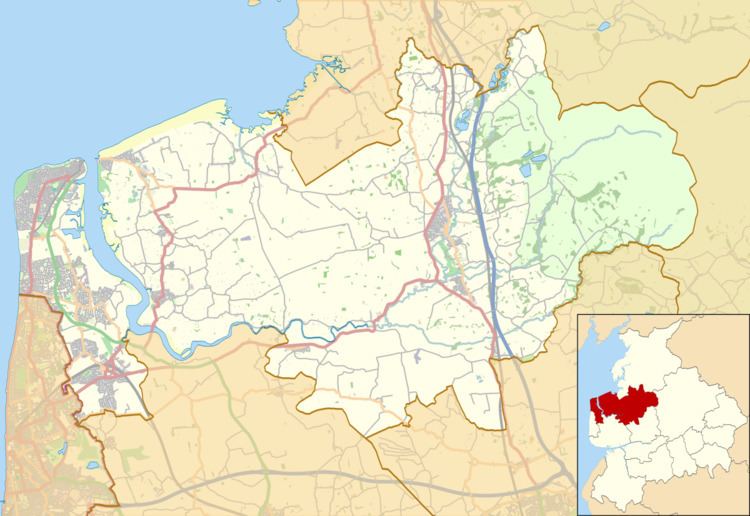OS grid reference SD 509,492 Built for Ormrod family Reference no. 1393555 | Built 1856–58 Designated 3 December 2009 Phone +44 7933 690960 | |
 | ||
Hours Open today · 9AM–5AMThursday9AM–5AMFriday9AM–5AMSaturday9AM–5AMSunday9AM–5AMMonday9AM–5AMTuesday9AM–5AMWednesday9AM–5AMSuggest an edit Similar Monreith House, North Euston Hotel, St Peter's Church - Scorton, St Hilda's Church - Bilsborrow, Greenhalgh Castle | ||
Country house rescue s03e01 season 3 episode 1 wyresdale park
Wyresdale Hall is a country house located to the northeast of Scorton, Lancashire, England.
Contents
- Country house rescue s03e01 season 3 episode 1 wyresdale park
- Wyresdale park open day 2011
- History
- The Ormrod Family
- References
Wyresdale park open day 2011
History
It was built in 1856–58, and designed by the Lancaster architect E. G. Paley for the Ormrod family of Bolton. It has since been extended and outbuildings have been added. The hall is in Gothic Revival style. A lake was added to the grounds in 1897. The hall and surrounding parkland were purchased in the 1920s by the Riddell family, and the farms and fell land by the Whewell family. In 1967 the hall was also bought by the Whewells. By the 2000s the hall continued to be in a satisfactory condition, but the outbuildings were in a poor state and the gardens were overgrown. The family worked with Ruth Watson, and cooperated with the Channel 4's programme Country House Rescue, creating a café and arranging Open Days. The hall and its surrounding outbuildings are recorded in the National Heritage List for England as a designated Grade II listed building.
The Ormrod Family
Peter Ormrod (1796–1875) built Wyresdale Hall in 1856. The architect was Edward Graham Paley who designed many outstanding buildings in Lancashire. Peter was a banker and cotton manufacturer. His father James was one of the founders of the Bolton Bank (now the Royal Bank of Scotland) and on his death in 1825 Peter inherited the Partnership in the bank. In 1838 Peter married Eliza Hardcastle who was the daughter of one of his partners. On their marriage his father in law, Thomas Hardcastle gave him Halliwell Hall and Peter made major alterations to this house. He also provided the entire funding for rebuilding the parish Church in Bolton.
The couple had no children and therefore when Peter died in 1875 Wyresdale Park was left to his nephew James Cross Ormrod . However his wife Eliza was given a life interest in the house and she remained there until her death in 1890. When James Cross Ormrod died in 1895 his son Captain Peter Ormrod (1869–1923) inherited the Estate.
Captain Peter Ormrod was a very outgoing man and made major improvements to the property. His most outstanding achievement was the establishment of the Wyresdale Fishery which was said to be the largest in Europe (see photos below). Two feature articles were written in 1899 in the magazine “Country Life” about this Fishery. He also added a deer park and a lake to the estate. In 1899 it was widely reported in many newspapers that Peter had bought the whole of the fallow deer in Barningham Park the seat of Sir F. A. Millbank.
In about 1912 Dame Laura Knight visited Wyresdale Park with her husband Harold at the request of the then owner Captain Peter Ormrod. In her autobiography she mentions that during her stay she was inspired to paint “the grounds, the byres and the fells. One of these paintings was called “The Morning Ride” which depicts the fountain which still exists today in the grounds of Wyresdale Park. A link to this painting is given at this reference. A photo of the fountain as it is today is given at this reference.
In 1922 Peter sold Wyresdale Park. An advertisement for the sale is shown below. The Estate was split with the house and surrounding grounds being sold to Dr Hugh Riddell and a large portion of the remaining land to Shepherd Whewell.
